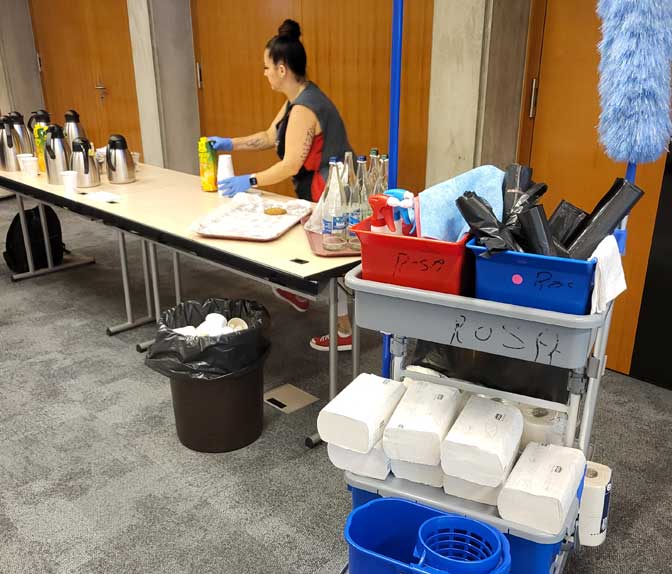Greater than expected increases in lung cancer rates have been found when workers faced exposures to more than one potential workplace cause, a study has found.
The findings have implications for those working in construction, foundries and welding where multiple exposures to some or all of these carcinogens may be routine.
Scientists from the UN’s International Agency for Research on Cancer (IARC) and partner institutions have found that whereas occupational co-exposure to some known lung carcinogens increased workers’ risk of developing lung cancer in a way that is generally in line with the combined increased risk of the individual agents, some co-exposures created a synergistic effect that increased the risk by more than this combination.
The results were published online on 18 January 2024 in the journal Environmental Health Perspectives.
The project partners analysed data from 16,900 lung cancer cases and 20,900 control subjects, collected over 15 years by scientists at IARC, in Canada, and in 13 countries in Europe.
The researchers estimated the effect that exposure to two carcinogens would have on lung cancer risk. They did this for each possible pairing from a group of five major occupational lung carcinogens: asbestos, respirable crystalline silica, nickel, chromium(VI), and polycyclic aromatic hydrocarbons (PAHs), while also taking cigarette smoking into account.
A stronger effect than the sum of the individual risks was observed for lung adenocarcinoma for chromium(VI)–silica exposure among men, and for small cell lung cancer for silica and joint exposures with asbestos, PAHs, or chromium(VI) among women.
Some jobs, for example in construction or foundries, can involve routine exposures to all these occupational carcinogens.
“We show that most co-exposure to the selected lung carcinogens result in higher risk compared to individual exposures that underline the importance to eliminate or reduce and control exposures to carcinogens in workplaces and the general environment,” the authors conclude.
They say these results underline the importance of eliminating or reducing exposures to carcinogens in workplaces and in the general environment.
Studies included in the research included data from Canada, Czech Republic, France, Germany, Hungary, Italy, the Netherlands, Poland, Romania, Russia, Slovakia, Spain, Sweden, and the United Kingdom.
- Olsson A, Bouaoun L, Schüz J, Vermeulen R, Behrens T, Ge C, and others. Lung cancer risks associated with occupational exposure to pairs of five lung carcinogens: results from a pooled analysis of case-control studies (SYNERGY), Environmental Health Perspectives, volume 132, issue 1, published online 18 January 2024. https://doi.org/10.1289/EHP13380


